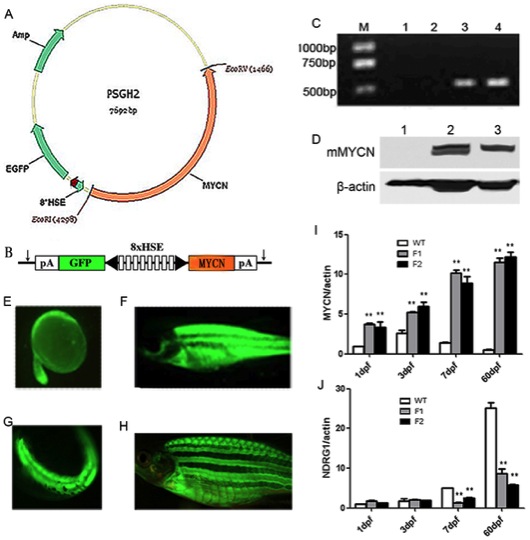Fig. 1 Generation of Tg(MYCN:HSE:EGFP) zebrafish line.
(A) Schematic diagram of the structure of PSGH2/MYCN recombinant plasmid. A mouse-MYCN fragment was cloned from HA-MYCN plasmid and inserted into the EcoRI and EcoRV sites of the PSGH2 vector. (B) A schematic presentation of the heat shock element (HSE) promoter. The artificial promoter contains eight multimerized heat shock elements flanked by two minimal promoters in opposed orientation (black arrowhead). EGFP and MYCN are expressed from the bidirectional promoter. The vector is flanked by I-SceI meganuclease sites (arrows). pA, SV40 polyadenylation signal. (C) Transgenic verification by qRT-PCR: M: TAKARA DL2000 marker; lane 1: Blank control (double distilled water); lane 2 and 3: WT and Tg F1 generation embryos at 3 dpf, respectively; lane 4: Positive control (plasmid). (D) Transgenic verification by westernblot: lane 1: WT embryo at 3 dpf; lane 2 and 3: Tg F1 and F2 generation embryos at 3 dpf, respectively. (E–F) EGFP (+) F0 mosaic zebrafish at 24 hours (×50) and 60 days post microinjection (×7.5). (G–H) EGFP (+) F1 Tg zebrafish at 24 hpf (×50) and 60 dpf (×10). (I) Expression of total MYCN (murine exogenous and zebrafish endogenous expression), which was increased gradually in Tg F1, F2 generation fish comparing with that in WT. (J) Expression of NDRG1, which is negative controlled by MYCN in human, was keeping a low lever in Tg F1 and F2 generation. **, P<0.01

